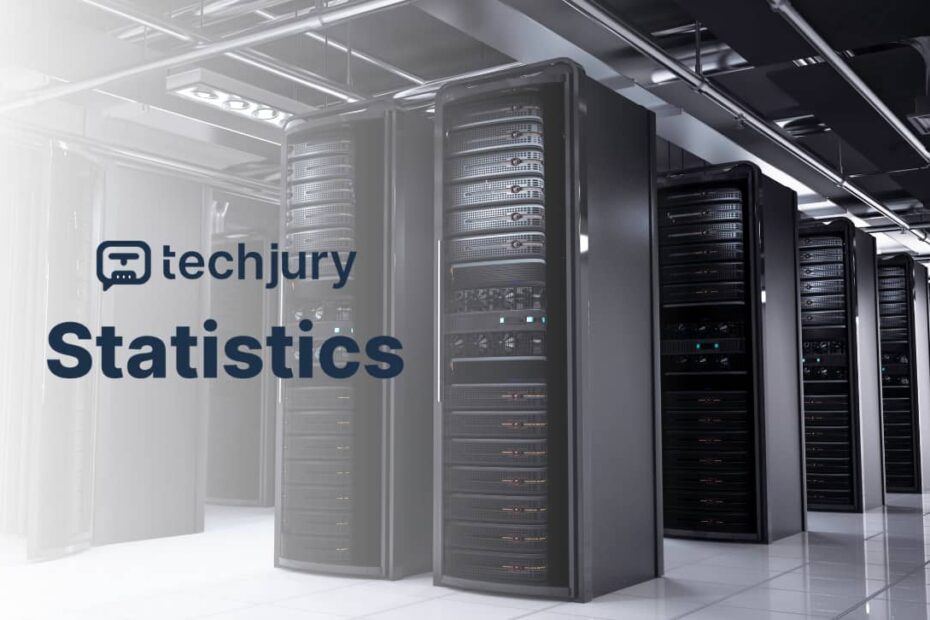Introduction: Understanding Our Digital Foundations
Imagine for a moment that every digital interaction, every message sent, every video streamed, and every scientific calculation performed exists within massive, climate-controlled facilities humming with technological potential. These are data centers—the unsung heroes of our interconnected world, silently powering the digital experiences we now consider essential.
As a technology specialist who has spent decades analyzing complex technological ecosystems, I‘ve witnessed an extraordinary transformation. Data centers have evolved from simple computer rooms to sophisticated, intelligent infrastructure that represents the nervous system of our global digital economy.
The Historical Trajectory of Data Center Technology
The story of data centers is fundamentally a narrative of human innovation. In the 1940s, early computing environments resembled massive rooms filled with vacuum tubes and mechanical switches. These primitive computational spaces bore little resemblance to today‘s sleek, efficient data processing facilities.
During the 1960s and 1970s, mainframe computers occupied entire floors of corporate buildings. Companies like IBM pioneered centralized computing models that laid the groundwork for modern data center concepts. Each machine represented a significant investment, requiring specialized cooling, dedicated electrical systems, and teams of technicians to maintain complex hardware.
The personal computing revolution of the 1980s and 1990s dramatically accelerated technological miniaturization. Servers became smaller, more powerful, and increasingly networked. This period marked the true birth of distributed computing architectures that would eventually transform into today‘s cloud infrastructure.
Global Market Dynamics: A Comprehensive Overview
Market Size and Growth Projections
As we analyze the current data center landscape, the numbers are nothing short of staggering. The global data center market is projected to reach [~$342.10 billion] in 2023, with anticipated growth rates between 14-28% annually. This exponential expansion reflects our increasing digital dependency.
North America continues to dominate the market, representing approximately 40% of global infrastructure. The United States alone hosts 33% of worldwide data center facilities, creating a technological heartland that drives global digital innovation.
Regional Technological Ecosystems
While North American markets lead in infrastructure development, emerging technological regions are rapidly transforming the global landscape. Countries like China, India, and Singapore are investing heavily in next-generation data center technologies, creating robust digital ecosystems that challenge traditional market dynamics.
In Europe, a unique approach emphasizes sustainable infrastructure. Countries like Sweden and Denmark are pioneering green data center designs, integrating renewable energy sources and innovative cooling technologies that significantly reduce environmental impact.
Technological Evolution: Beyond Traditional Infrastructure
The Rise of Hyperscale Architecture
Modern data centers represent far more than simple storage facilities. They are intelligent, adaptive systems capable of processing enormous computational workloads with unprecedented efficiency. Hyperscale architectures developed by companies like Google, Amazon, and Microsoft have redefined what‘s possible in computational infrastructure.
These facilities utilize advanced machine learning algorithms to optimize resource allocation, predict maintenance requirements, and dynamically adjust computational resources in real-time. Such intelligent design represents a quantum leap from traditional static computing environments.
Edge Computing and Distributed Networks
The next frontier of data center technology lies in edge computing—a paradigm that brings computational processes closer to data generation points. Instead of routing all information through centralized facilities, edge networks enable faster, more efficient processing by distributing computational tasks across smaller, localized infrastructure.
This approach is particularly transformative for industries requiring real-time data processing, such as autonomous vehicles, industrial IoT systems, and advanced medical technologies.
Energy and Sustainability: The Critical Challenge
Perhaps the most significant challenge facing data center technology is energy consumption. Current projections suggest that data centers might consume up to 20% of global electricity supply by 2025—a statistic that demands innovative solutions.
Leading technology companies are responding with groundbreaking sustainability strategies. Microsoft‘s experimental underwater data centers, Google‘s carbon-neutral commitments, and Facebook‘s renewable energy investments demonstrate a collective industry commitment to reducing environmental impact.
Investment and Strategic Considerations
For technology investors and strategic planners, the data center market represents an extraordinary opportunity. Market leaders like Equinix, Digital Realty, and NTT are not just infrastructure providers but critical enablers of global digital transformation.
Investment strategies should consider:
- Colocation service providers
- Cloud infrastructure technologies
- Sustainable computing innovations
- Edge network development
The Human Element: Beyond Pure Technology
While we often discuss data centers through a lens of technological specifications, it‘s crucial to remember the human stories behind these facilities. Each data center represents countless hours of engineering brilliance, collaborative innovation, and a shared vision of technological progress.
Future Horizons: What Lies Ahead
As we look toward the next decade, data center technologies will likely become increasingly:
- Autonomous
- Energy-efficient
- Geographically distributed
- Integrated with artificial intelligence
The boundaries between physical and digital infrastructure will continue to blur, creating computational ecosystems that adapt and evolve in real-time.
Conclusion: A Digital Renaissance
Data centers are more than technological infrastructure—they are the fundamental architecture enabling human potential in the digital age. As computational capabilities expand, these facilities will continue reshaping how we live, work, communicate, and understand our world.
The next chapter of human innovation will be written in the silent, climate-controlled rooms where data becomes possibility.
